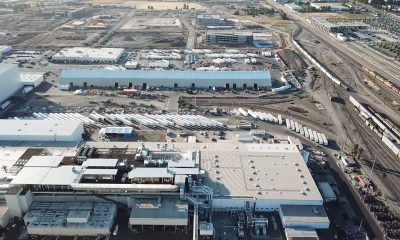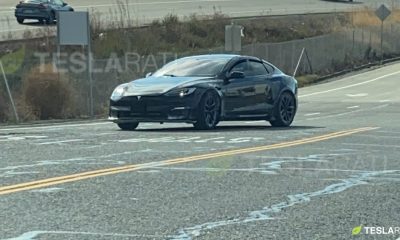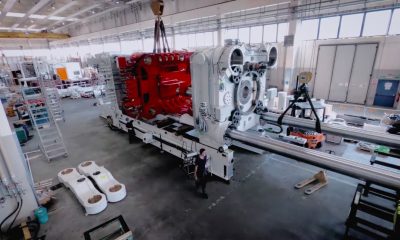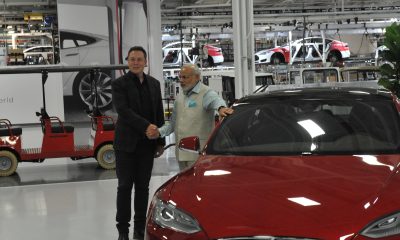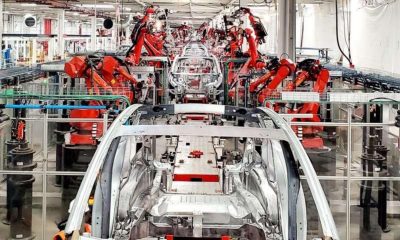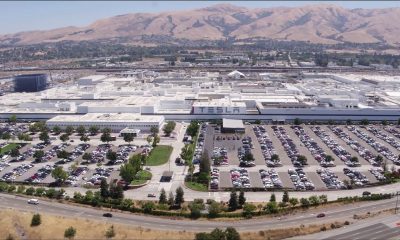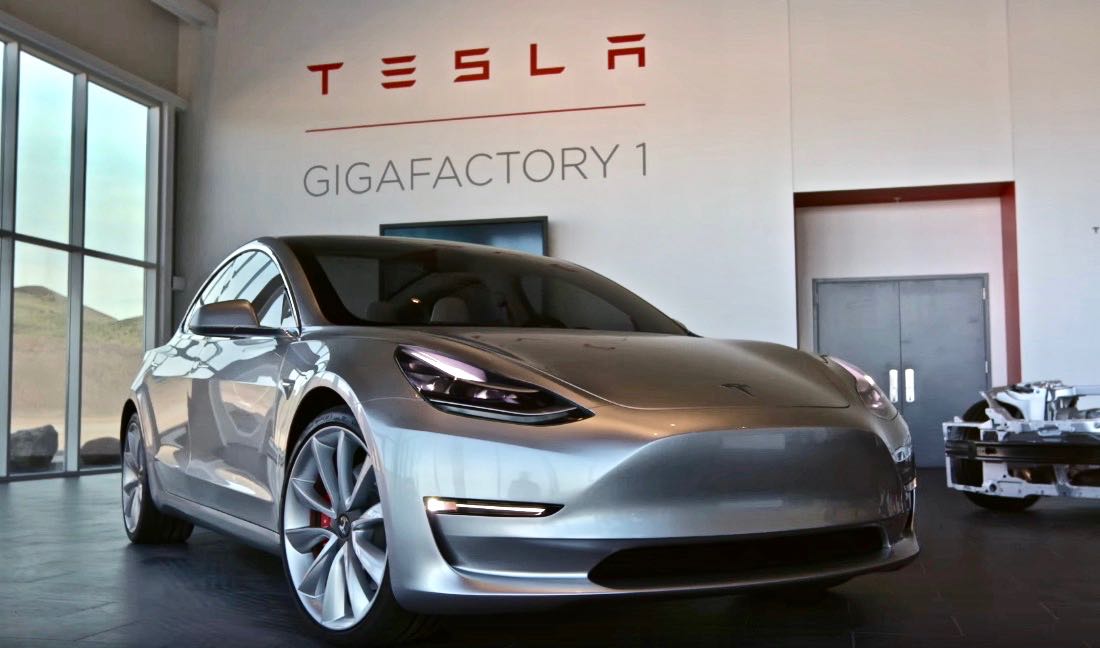
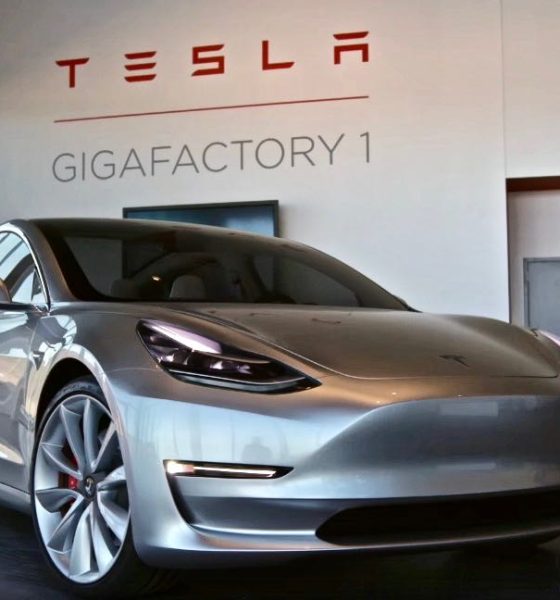
News
Tesla bets big as factory prepares for Model 3 final production tooling
Tesla CEO Elon Musk made it clear last month that the company is betting big when it comes to bringing its Model 3 sedan to market as quickly as possible by skipping beta production and going straight to release candidate vehicles. The company is reportedly skipping “soft tooling” at its Fremont, California factory and in the process of ordering permanent and more expensive production tooling, as it pushes towards Model 3 volume production in September.
However, the strategy of skipping the ‘beta’ phase and going straight to production tooling comes with an increase in risk of assembly line errors. “He’s pushing the envelope to see how much time and cost he can take out of the process,” said Ron Harbour, a manufacturing consultant at Oliver Wyman, according to a new report by Reuters.
Auto manufacturers have traditionally built their beta vehicles with throw away manufacturing equipment that is designed to be flexible, easily adjustable and ultimately disposable once the beta run has been completed. Tesla is skipping this step altogether which saves the company on effort and expense of having to build temporary production lines. Cutting out what would ordinarily be a critical component to the overall manufacturing process could mean that Tesla will miss out on critical learnings that come out of this production phase.
By using “advanced analytical techniques” as a key enabler for the move to skip beta production, Tesla aims to reduce the number of early production issues that plagued Model X. Still, Consumer Reports’ Jake Fisher who has done extensive testing on the Model S and Model X says the company’s approach to Model 3 production is “an experiment”.
With Model X, the production timeline was so tight that Tesla reportedly did not have sufficient time to implement the learnings from soft tooling before having to order final production tooling. “Soft tooling did very little for the program and arguably hurt things,” said an insider via Reuters.
However, the acquisition of Tesla’s Michigan tooling plant has allowed the company to produce manufacturing equipment cheaper and 30 percent faster than before, thereby allowing Tesla to better modify final production tools, when needed.
With so much riding on the success of Model 3, every step made by the company is under increased scrutiny from investors, regulators, competitors and the public. Tesla is set to unveil the production version of the Model 3 at the launch event in July.
News
Tesla takes huge step with Cybercab in new spotting
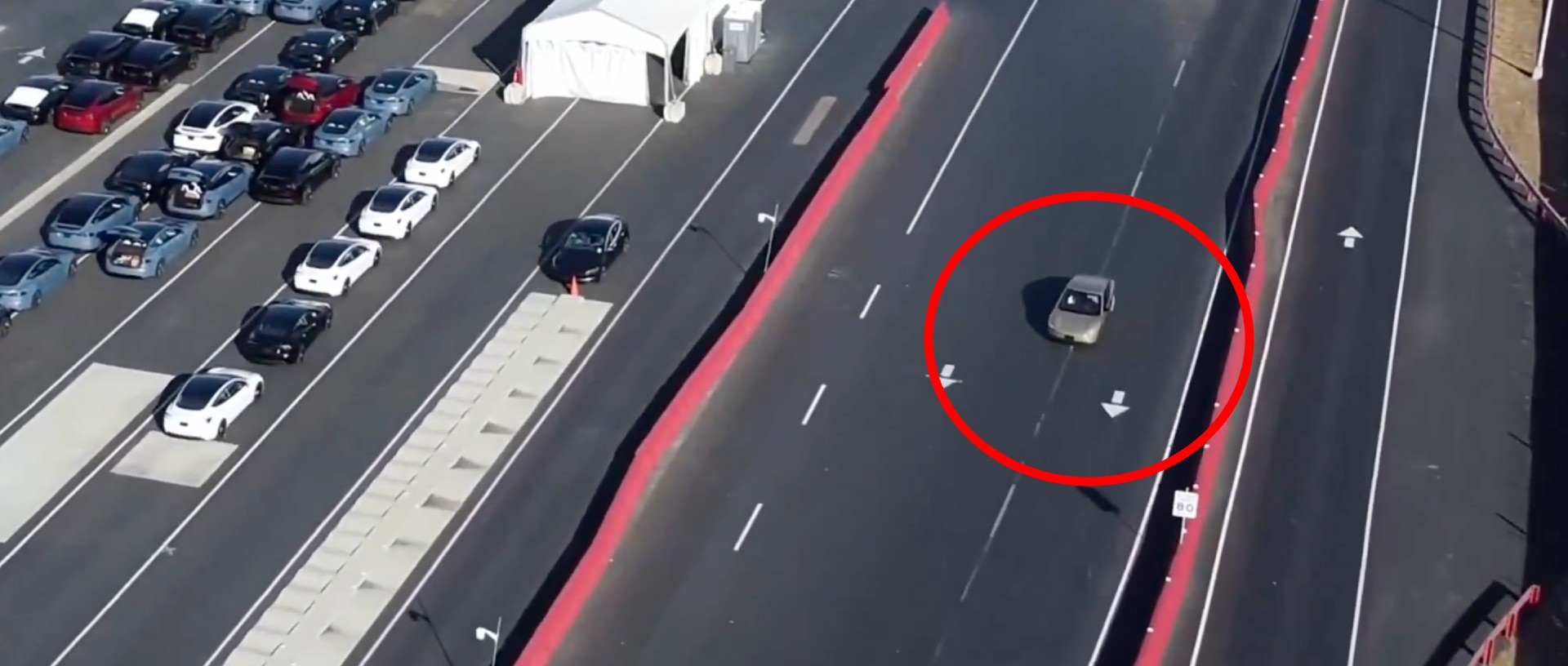
Tesla has taken a huge step forward with its Cybercab project, as the vehicle has been spotted on the Fremont Test Track for the first time.
Typically, when cars are spotted on the Fremont Test Track, it means Tesla has begun advancing the development of that specific project. With Cybercab production slated for 2026, it seems Tesla is ready to get things moving.
The Cybercab was unveiled one year ago tomorrow, at the “We, Robot” event in Los Angeles.
Tesla Robotaxi Cybercab: Seats, price, special features, release date, and more
Tesla has been hoping to get Cybercab production started in early 2026. With a few months until then, the program has taken some leaps, including the recent start of crash testing of the vehicle at the Fremont Factory in Northern California.
Some of these units have made their way to Gigafactory Texas at Tesla’s crash testing facility:
The 1st @Tesla Cybercab at the Giga Texas crash testing facility. Hard to say for sure, but this may indicate the vehicle has completed most of the final engineering & production tests out at Fremont and what remains is now at Giga Texas.
If this follows how the @Cybertruck… pic.twitter.com/RHB2IjkL1L
— Joe Tegtmeyer 🚀 🤠🛸😎 (@JoeTegtmeyer) October 9, 2025
Now, it has taken another step as Tesla has officially started testing the vehicle at the Fremont Test Track:
Tesla spotted for the first time testing the Cybercab at their Fremont factory in California.
Full video: https://t.co/mXGIJXYCqY pic.twitter.com/oveOsXqiyg
— Sawyer Merritt (@SawyerMerritt) October 9, 2025
Here’s when vehicles in Tesla’s lineup were first spotted on the Fremont Test Track and then launched:
|
Vehicle
|
First Spotted on Fremont Test Track
|
Launch Date (Production Start/First Deliveries)
|
|---|---|---|
|
Model Y
|
December 12, 2019
|
January 2020
|
|
Tesla Semi
|
March 8, 2021
|
December 1, 2022 (Limited to pilot program participants)
|
|
Cybertruck
|
December 10, 2021
|
November 2023
|
|
Cybercab
|
October 9, 2025
|
Early 2026
|
Timeframes for when Tesla vehicles hit the Fremont Test Track and when their production and deliveries begin certainly vary.
However, the Cybercab being spotted marks a significant step forward for Tesla, as it indicates the company is nearing a major milestone in production, whether for deliveries or on-road testing.
It does seem as if Tesla could employ the Cybercab for its Robotaxi program in Austin, Texas, and Northern California.
With more markets expected to launch Robotaxi rides soon, it could be a formidable challenge for the new vehicle, especially if Tesla can initiate rides without a Safety Monitor.
News
Chevy answers Tesla’s new ‘Standard’ offerings with an actually affordable EV
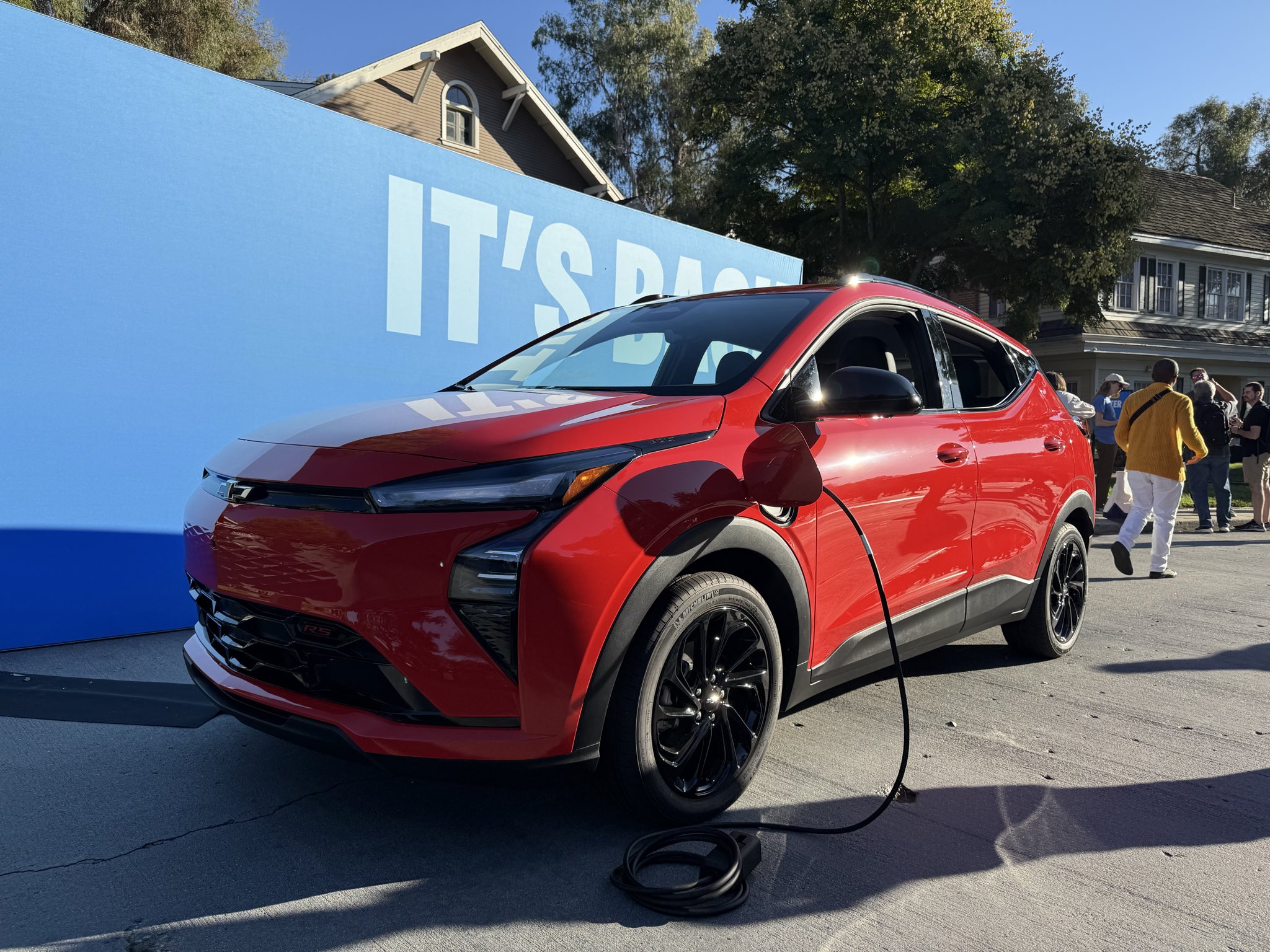
Chevy answered Tesla’s new Standard Model 3 and Model Y offerings with its second-generation Bolt EV, a car that actually appeals to those who were looking for affordability.
Earlier this week, Tesla unveiled the Model 3 and Model Y Standard, two stripped-down versions of the cars of the same name it already offers. The Long Range versions are now labeled as “Premium,” while the Performance configurations stand alone.
Tesla launches two new affordable models with ‘Standard’ Model 3, Y offerings
However, many people were sort of upset with what Tesla came to market with. For well over a year, it has been transparent that it was planning to develop affordable models, and this year, it was forced to take action to counter the loss of the $7,500 EV tax credit.
The Model 3 Standard starts at $36,990, while the Model Y Standard comes in at $39,990. While these are cheaper than the company’s Premium offerings, many fans said that Tesla missed the mark with the pricing, as these numbers are not necessarily “affordable.”
At the very least, they will likely miss the mark in helping Tesla regain annual growth rates for its deliveries. Tesla will likely rely on its “unboxed process,” which will be used to manufacture the Cybercab and potentially other affordable models in the future. These will be priced at below $30,000.
Other carmakers are making their moves and were able to undercut Tesla’s new Standard offerings, Chevrolet being one of them.
This week, the company launched its second-gen Bolt EV, which starts at just $28,995.
Here are the full specs:
- 65 kWh LFP battery
- 255 miles of range (EPA estimated)
- Native NACS port for Tesla Supercharger accessibility without an adapter
- Up to 150 kW charging speed
- Bidirectional power of 9.6 kW
- Front-Wheel-Drive
- 10-80% charging in just 26 minutes
- No Apple CarPlay or Android Auto
- SuperCruise capable
- 11.3″ touchscreen, 11″ digital gauge cluster
- 16 cubic feet of cargo capacity
- Other Trims
- RS – $32,000
- Base LT – $28,995
- Deliveries begin in early 2026
Let’s be frank: Tesla fans are unlikely to bat an eye at other OEM offerings. However, first-time EV buyers might be looking for something more price accessible, so vehicles under $30,000 are where they will look first, at least for most people.
If money isn’t an option, people will consider spending a minimum of $37,000 on a new vehicle, especially an EV, as a first-time owner.
The Bolt EV could be something that does well, especially considering its one of only a handful of EVs that are priced at around $30,000 brand new in the U.S.
The others are:
- Nissan Leaf S ($28,140)
- Mini Cooper SE ($30,900)
- Fiat 500e ($32,500)
While these cars are priced at around $30,000 and are affordable, they each offer minimal range ratings. The Nissan Leaf S and Fiat 500e have just 149 miles, while the Mini Cooper SE has 114 miles.
News
Tesla Model S makes TIME’s list of Best Inventions
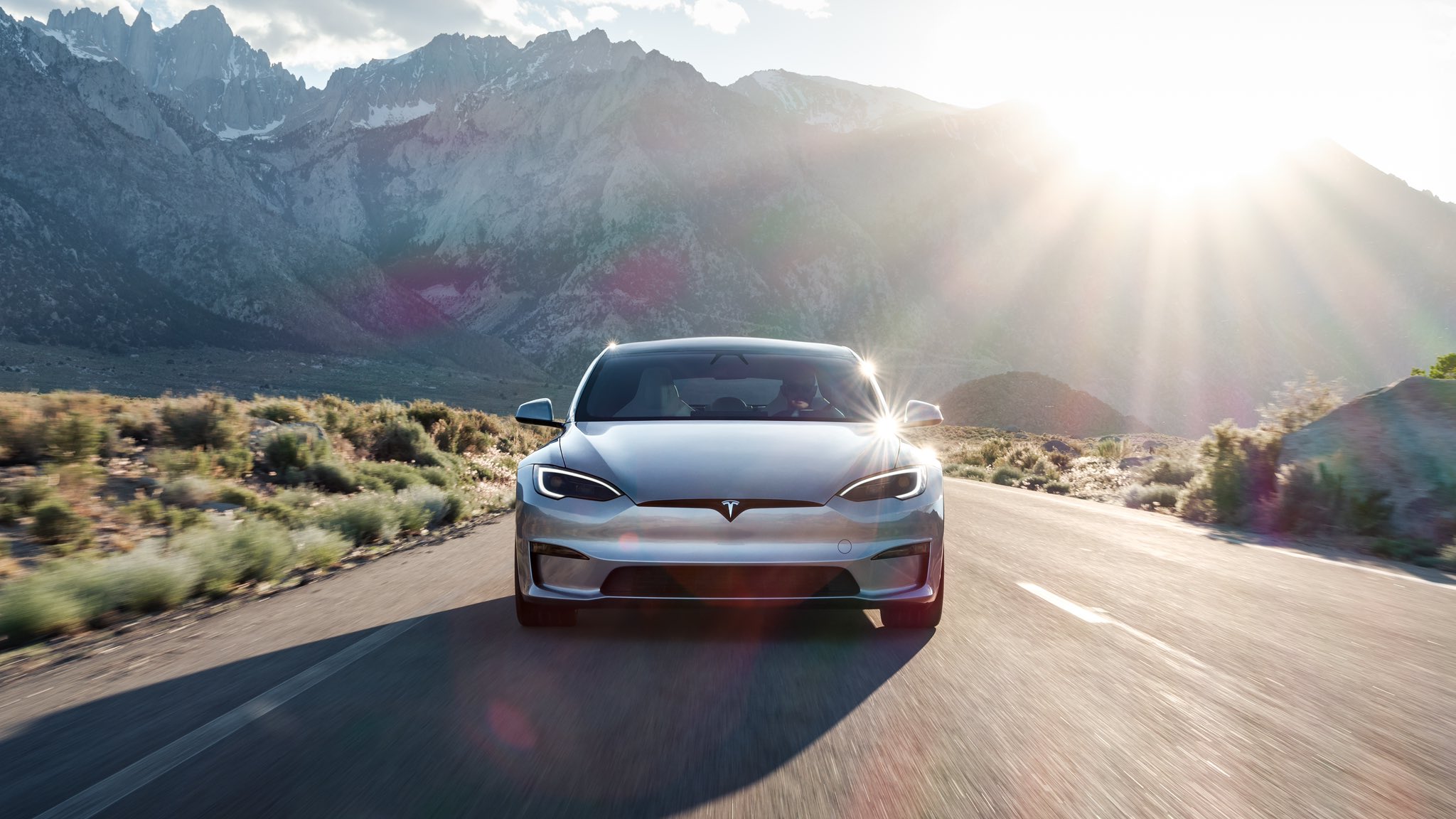
Tesla’s flagship sedan, the Model S, has officially been named one of TIME Magazine’s Best Inventions of the 2000s. It joins its sibling, the Model 3, which made the list in 2017.
The Model S is among the most crucial developments in the automotive industry in the last century.
Just as the Ford Model T made its mark on passenger transportation, becoming the first combustion engine vehicle to be successfully developed and marketed at a time when horse and buggy were the preferred mode of transportation, the Model S revolutionized things a step further.
Although it was not the first EV to be developed, the Tesla Model S was the EV that put EVs on the map. In 2012, TIME recognized the Model S as a piece of technology that could truly transform the car industry.
The publication wrote:
“This electric four-door sedan has the lines of a Jaguar, the ability to zip for 265 miles (426 km) on one charge—that’s the equivalent of 89 m.p.g. (2.6 L/100 km)—and touchscreen controls for everything from GPS navigation to adjusting the suspension.”
Looking back, TIME was right on. The Tesla Model S was truly a marvel for its time, and it, along with the OG 2008 Roadster, can be seen as the first two EVs to push electrification to the mainstream.
As TIME described this year, the Model S “proved to be a game-changing experience for electric vehicles,” and it ended up truly catalyzing things for not only the industry, but Tesla as well.
The Model S acted as a fundraiser of sorts for future vehicles, just as the Model X did. They paved the way for the Model 3 and Model Y to be developed and offered by Tesla at a price point that was more acceptable and accessible to the masses.
The Current State of the Tesla Model S
The Model S contributes to a very small percentage of Tesla sales. The company groups the Model S with the Model X and Cybertruck in its quarterly releases.
Last year, that grouping sold 85,133 total units, a small percentage of the 1.789 million cars it delivered to customers in 2024.
Things looked to be changing for the Model S and the Model X this year, as Tesla teased some improvements to the two cars with a refresh. However, it was very underwhelming and only included very minor changes.
Lucid CEO shades Tesla Model S: “Nothing has changed in 12 years now”
It appeared as if Tesla was planning to sunset the two cars, and while it has not taken that stance yet, it seems more likely that the company will begin taking any potential options to heart.
CEO Elon Musk said a few years ago that the two cars were only produced due to “sentimental reasons.”
-
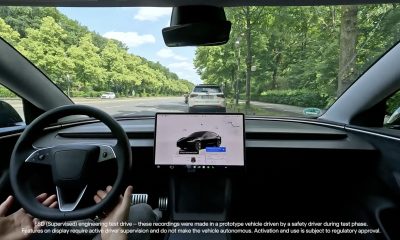
 Elon Musk2 weeks ago
Elon Musk2 weeks agoTesla FSD V14 set for early wide release next week: Elon Musk
-
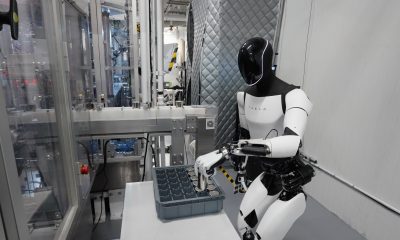
 News2 weeks ago
News2 weeks agoElon Musk gives update on Tesla Optimus progress
-
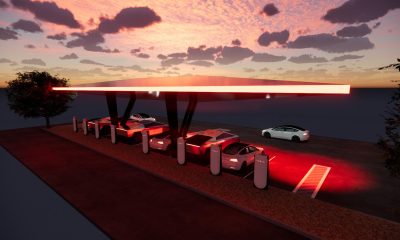
 News2 weeks ago
News2 weeks agoTesla has a new first with its Supercharger network
-
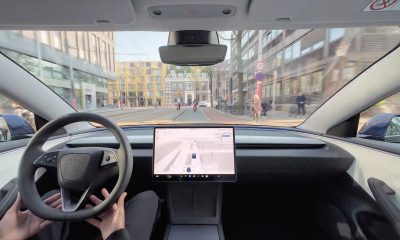
 Investor's Corner2 weeks ago
Investor's Corner2 weeks agoTesla gets new Street-high price target with high hopes for autonomy domination
-
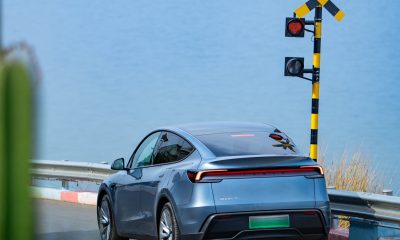
 Lifestyle2 weeks ago
Lifestyle2 weeks ago500-mile test proves why Tesla Model Y still humiliates rivals in Europe
-
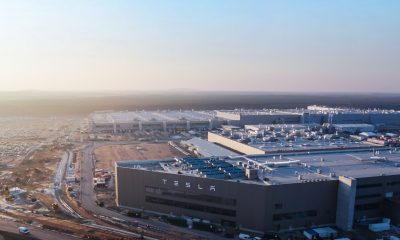
 News2 weeks ago
News2 weeks agoTesla Giga Berlin’s water consumption has achieved the unthinkable
-
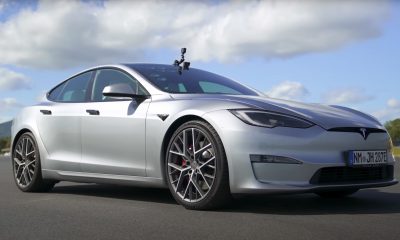
 Lifestyle2 weeks ago
Lifestyle2 weeks agoTesla Model S Plaid battles China’s 1500 hp monster Nurburgring monster, with surprising results
-
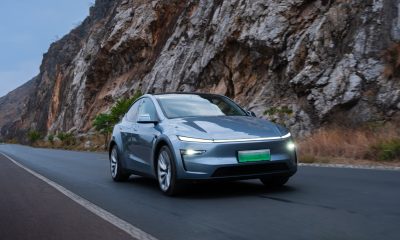
 News2 weeks ago
News2 weeks agoTesla Model Y makes dramatic comeback in Sweden with 492% rise in registrations


